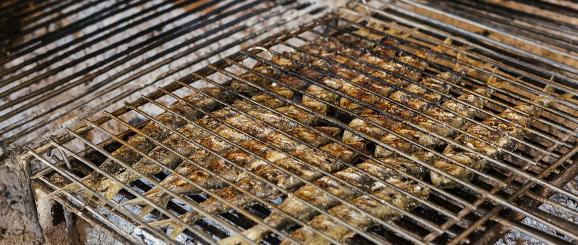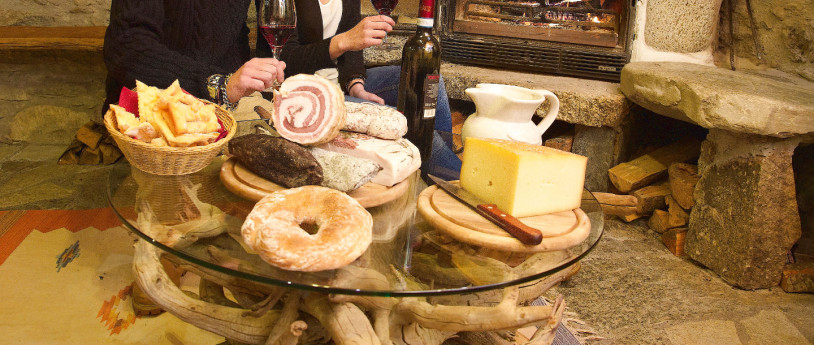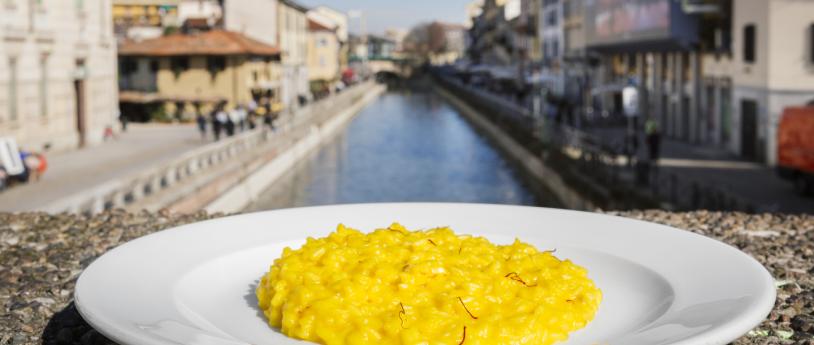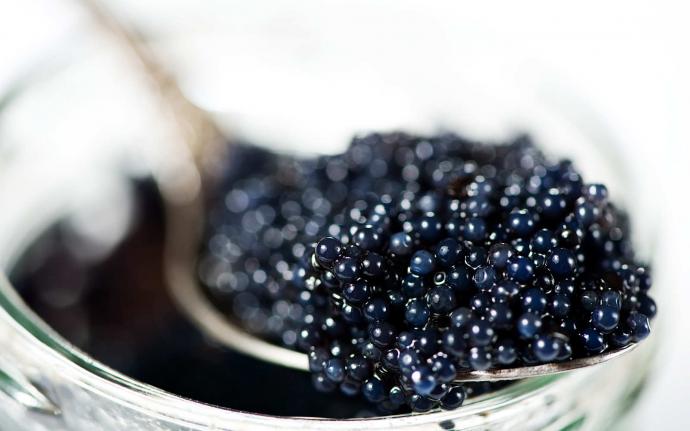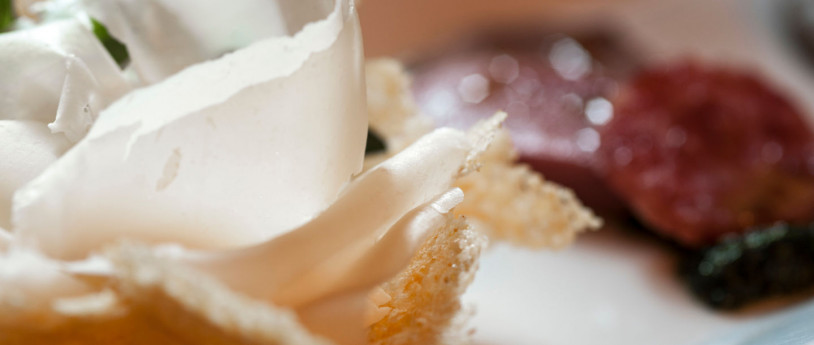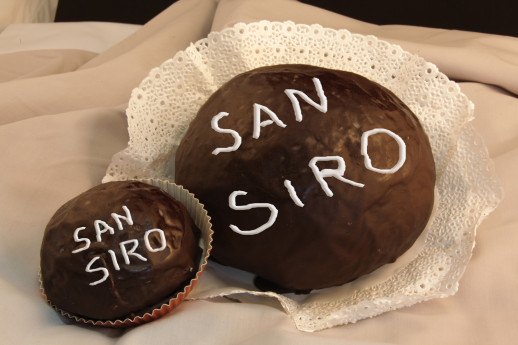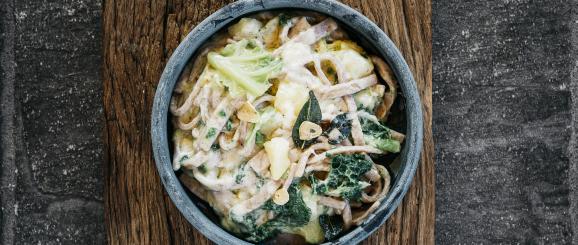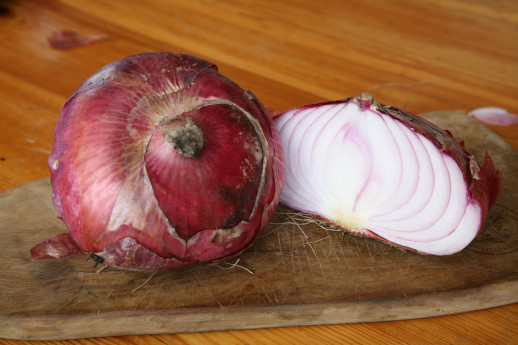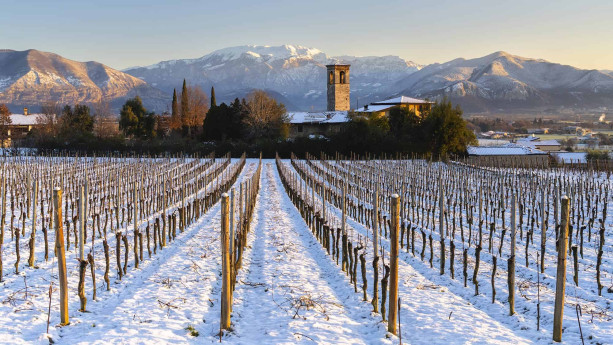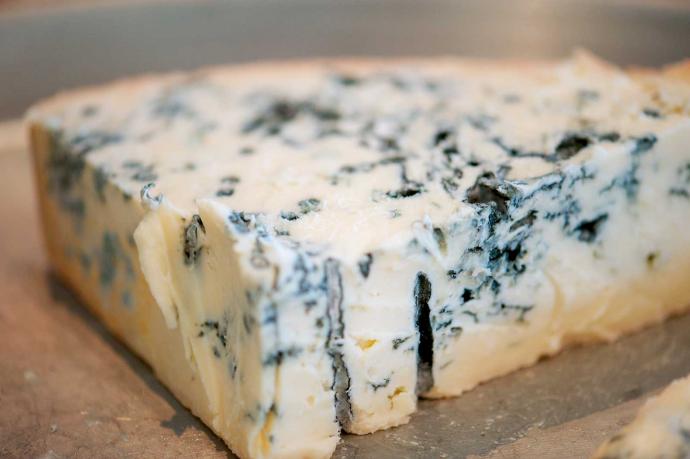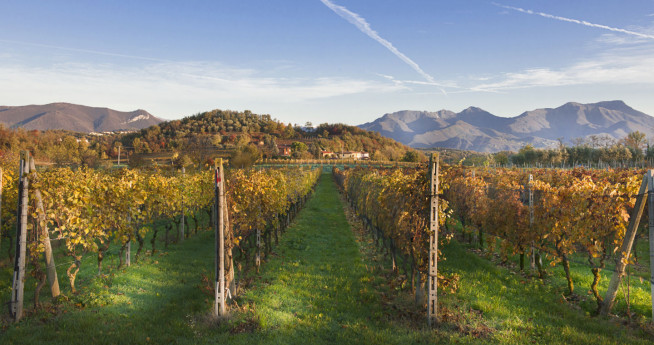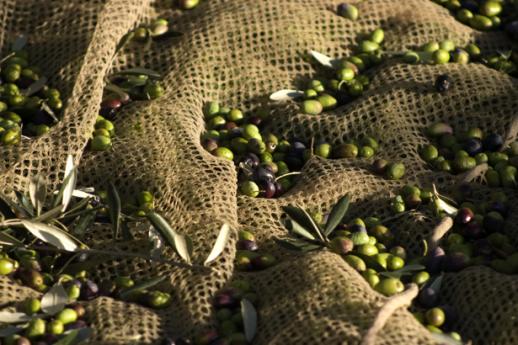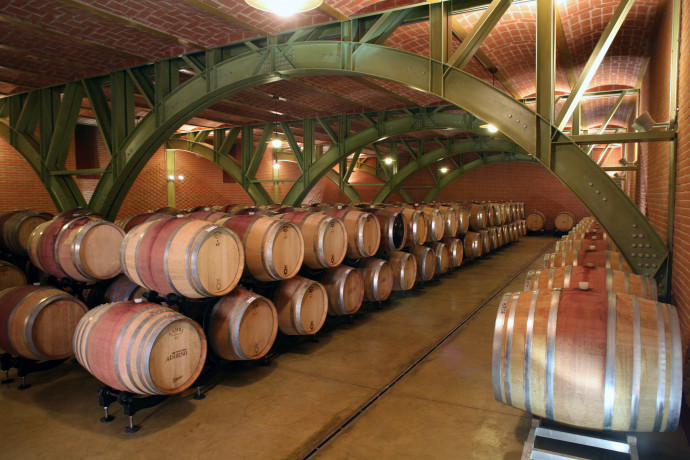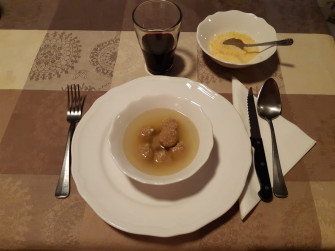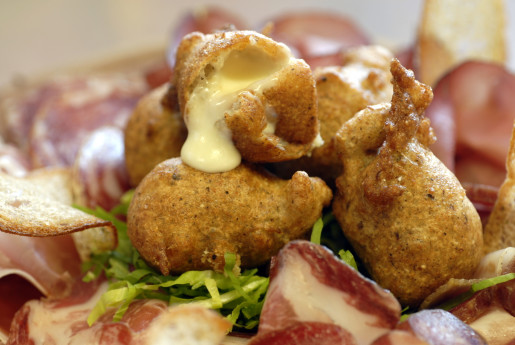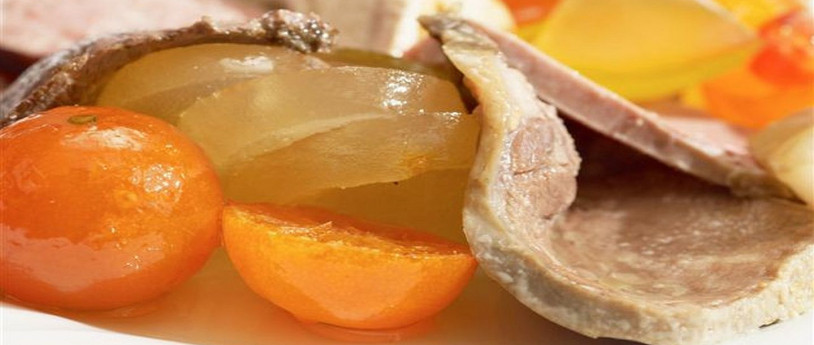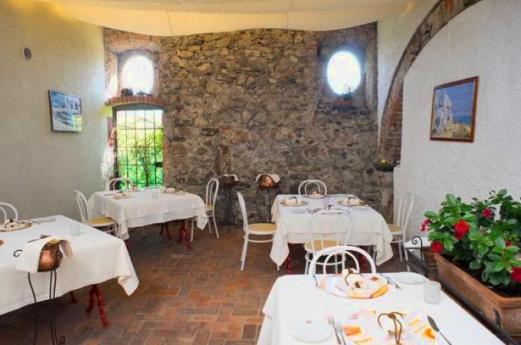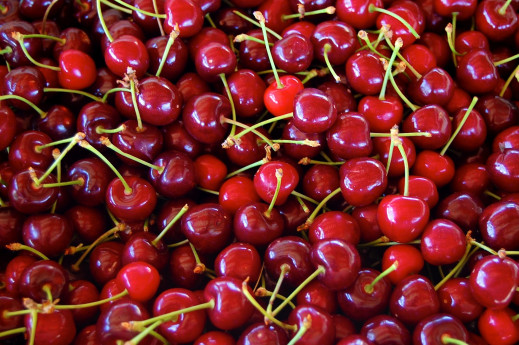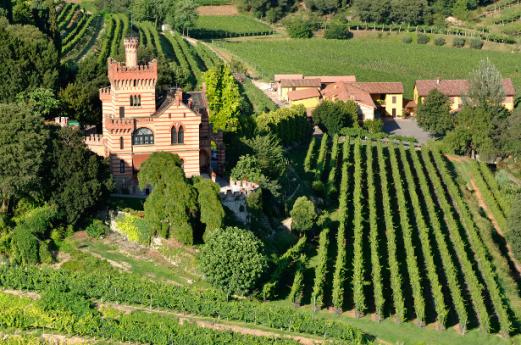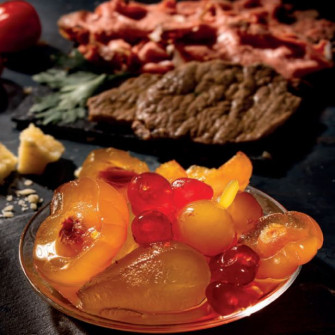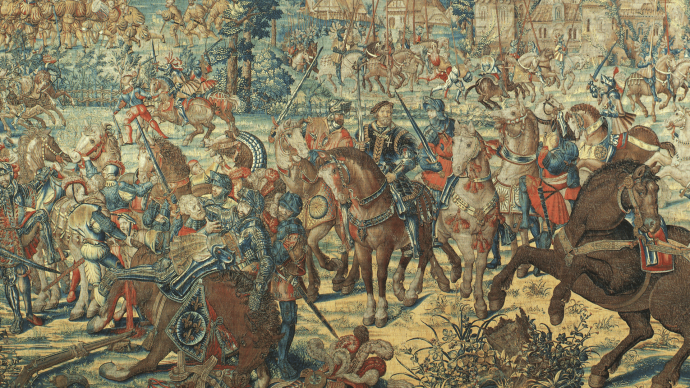- Food & Wine
- Lakes
Where to eat in Lecco
When looking for where to eat in Lecco, bear in mind that its cuisine is heavily influenced by its three main geographic areas: lake, mountains and plains.
The zone of the lake is perhaps the best known of them all, with freshwater fish being the main ingredient in its recipes. Risotto with perch fillets is the official dish of the Lario area, but there are numerous local fish-based dishes as well. This territory is also known for growing olives, from which a precious DOP oil is made.
At the valleys and mountains you may taste dishes based on polenta with game stews or rustic cutting tables with cheeses. Valsassina excels in dairy production thanks to its pastures and caves that keep a steady temperature and humidity all year long, making them suitable to age cheeses. It is known for producing honey as well: strong and robust chestnut honey, and delicate Black Locust Honey.
In the zone that goes into the Brianza, there are hearty meals such as the cazzoeula or casöla in local dialect, a pork and savoy cabbage stew. When it comes to wine making, Lecco's Brianza area has dedicated large agricultural surfaces for vineyards. Until the nineteenth century, such production was destined to small local trade. Its most prized wine is that of the hills of Montevecchia, which has experienced over the last few years an increase of its agricultural activity, plus an improvement of its production quantities and quality.
Nowadays eating is an art in itself and not just a basic need. Cooking becomes a meeting of tradition and modernity, allowing you to know new places and at the same rediscover, old, traditional flavors.
There are six restaurants in Lecco published in the most prestigious Italian culinary guides:
1. The Michelin guide is undoubtedly the most important publication in the world for consulting where to eat in Italy and Europe. It has already confirmed for the year 2017 the one star ranking for Al Porticciolo 84 in Lecco. This restaurant opened in 1984 and for 11 years it boasts its star by proposing seafood dishes like tavolozza di pescato crudo, consisting on fresh raw sea fish, and outstanding homemade pasta, all paired with a wine cellar of almost 200 Italian and foreign labels.
2. The Dac a trà can be found in Castello Brianza. It opened in 2012 by forme FC Milan players Milan Tassotti and Donadoni and was awarded with one Michelin star after only a year and a half. A dynamic kitchen gets into the table both dishes made with both local ingredients, such as the snails risotto, and exotic products like spaghetti with King Crab. Its wine cellar counts with Italian and foreign bottles, including the prized Montevecchia IGT wine.
3. When in Viganò, at the heart of thr Brianza, go to Pierino Penati. It proposes innovative, appetizing and nutritious dishes: known as Evolution Food, a mix of tradition, transformation and research for flavor with healthy ingredients. This historic restaurant was founded in 1942 and it got its Michelin star in 1974. Among its flagship dishes we find risotto with braised meat sauce, homemade bread and herbs from its garden. Only local suppliers are chosen for its fruits and vegetables, meats and wines. Besides the usual domestic labels, you can ask a bottle of IGT di Montevecchia.
4. The Gambero Rosso guide will take you to La Piazzetta in Montevecchia, at the heart of the Curone Valley Park. For over 10 years, its Chef picks local ingredients in order to transform them with great skill. The burreola, the fillings of brianzola salami is one of the main components of its menu. There are also refined dishes such as paddlefish tempura, a constant menu entry, cherished by gourmands. Since the restaurant's opening in 1998, it has been mentioned in several culinary guides, located in one of the most beautiful venues in the entire Brianza, a natural terrace immersed im the fog.
5. Slow Food includes Sali e Tabacchi at Mandello del Lario in its quality taverns list. Ever since 1999, this restaurant proposes simple dishes centered in lake fish, appetizers, pickled shad and whitefish just to mention a few. Its ingredients come from local sources (chestnuts and cheeses from Valsassina and Valvarrone) while its dishes are rustic yet skillfully prepared with refined game and poultry proposals. It is located near the tower where Emperor Frederick I stayed in 1158.
6. The Antica Osteria Casa di Lucia has been mentioned in the 2017 Slow Food guide as well. Founded in 1983, it proposes traditional dishes and a homely atmosphere warmed by a large fireplace. Offering a selection of cold meats and local cheeses, homemade pasta, it also has braised meat with polenta and perch risotto in its menu alongside a vast wine assortment. This restaurant sits inside a XVIIth century building in the Acquate district. It is said to be the home of Lucia, protagonist of Alessandro Manzoni's novel The Betrothed.
